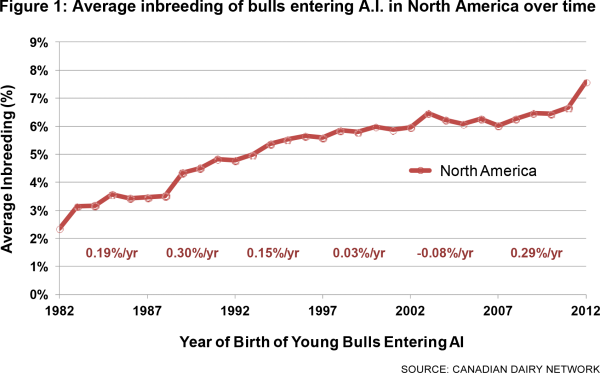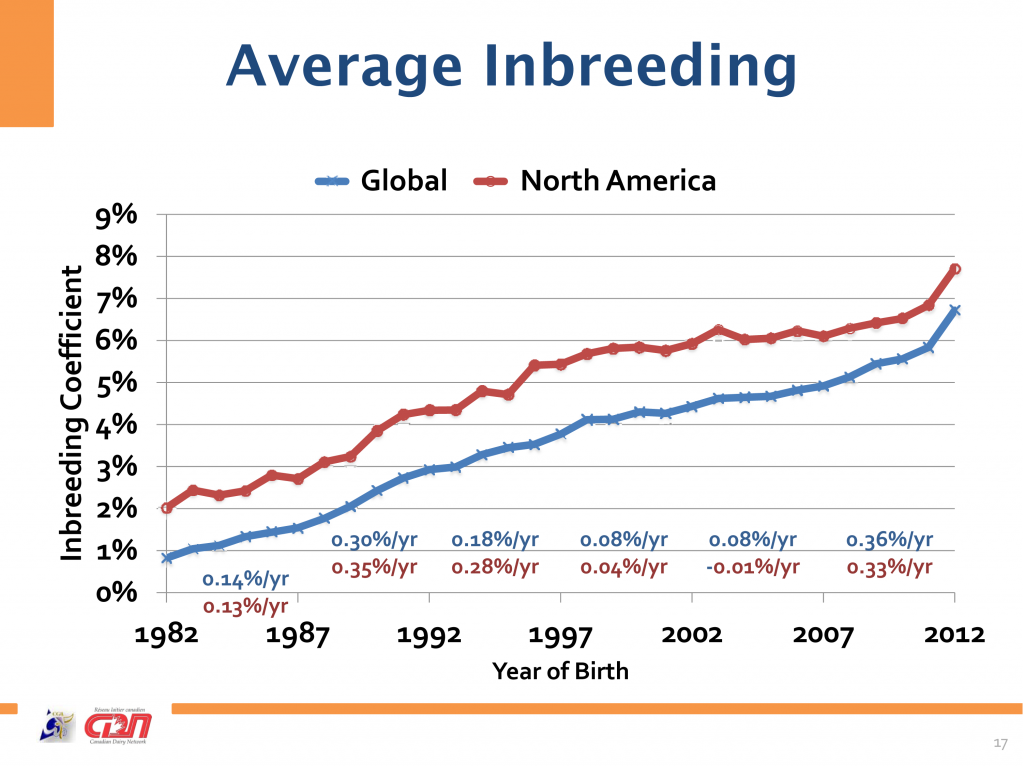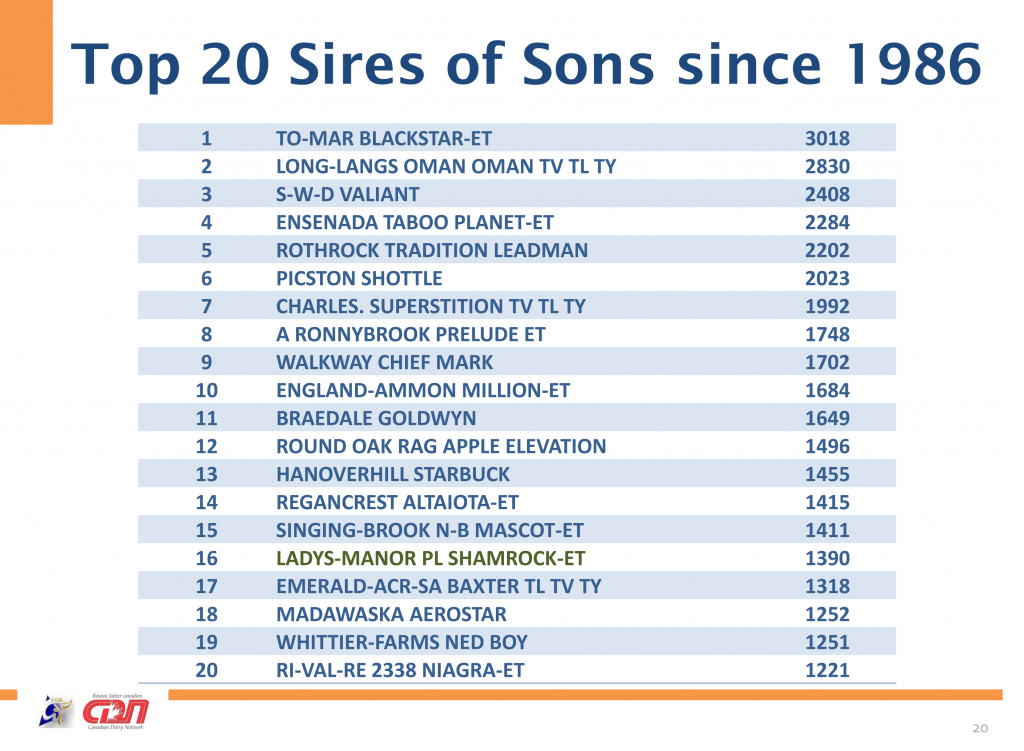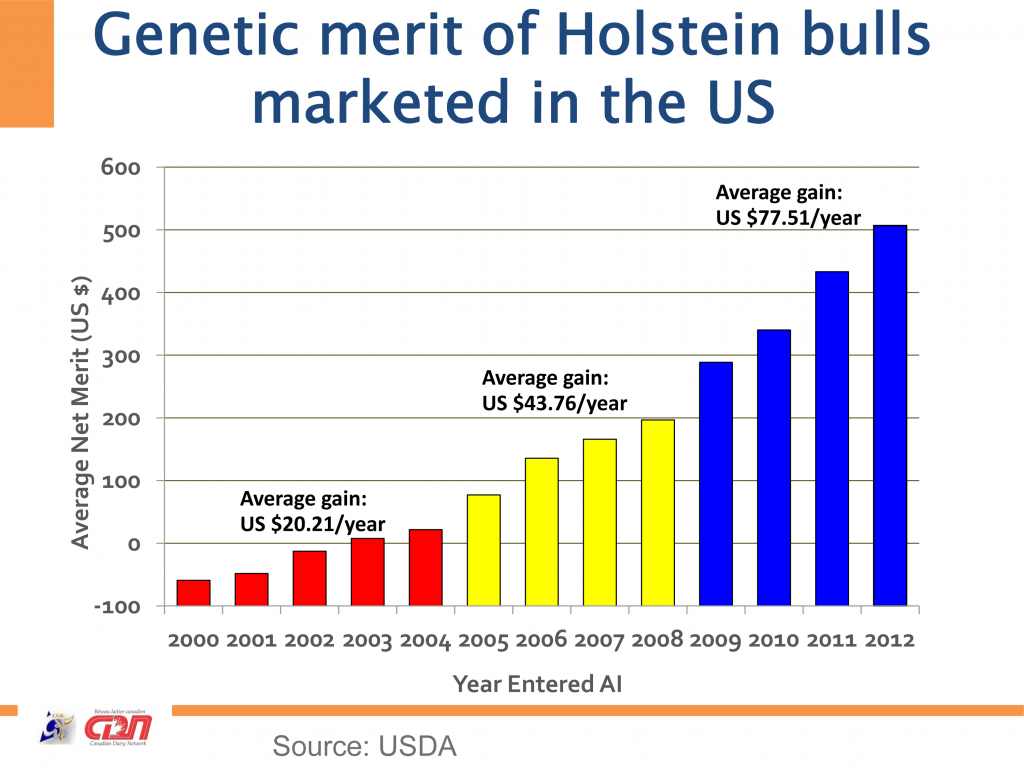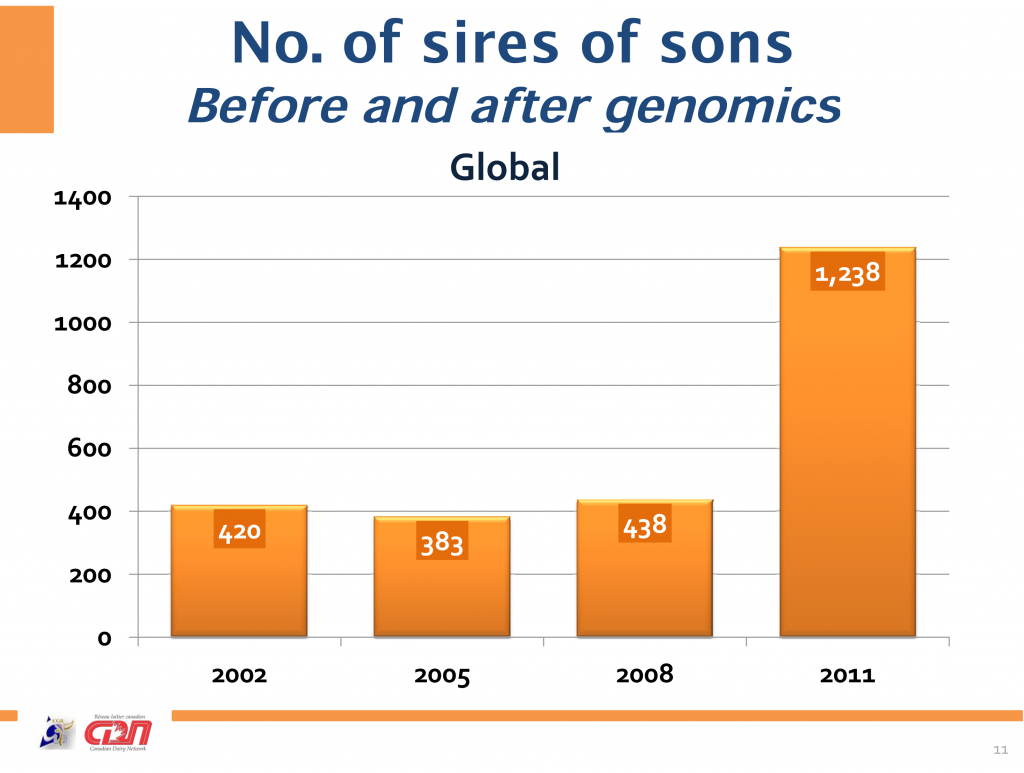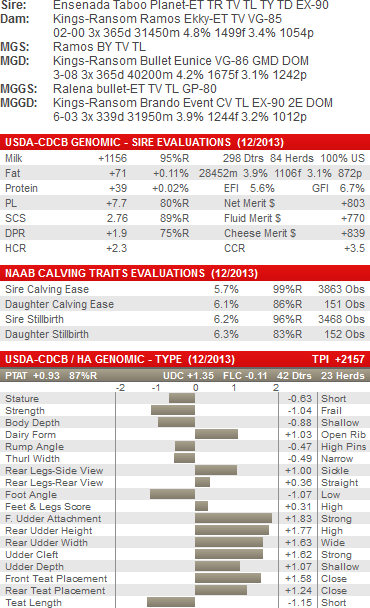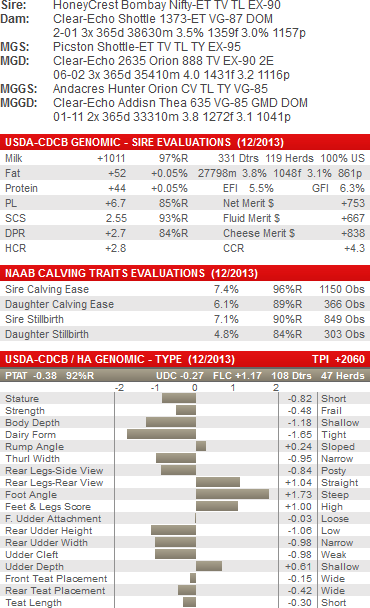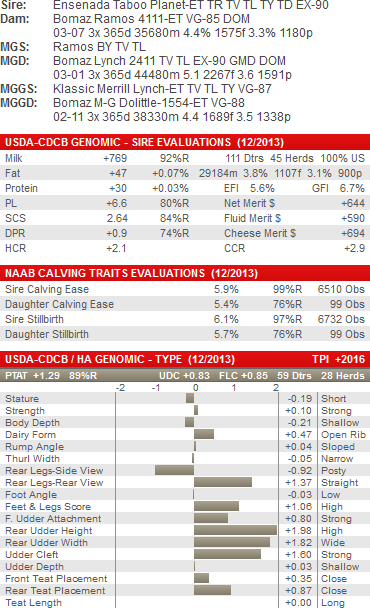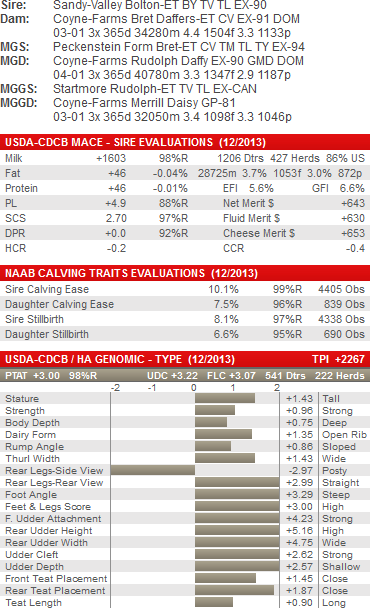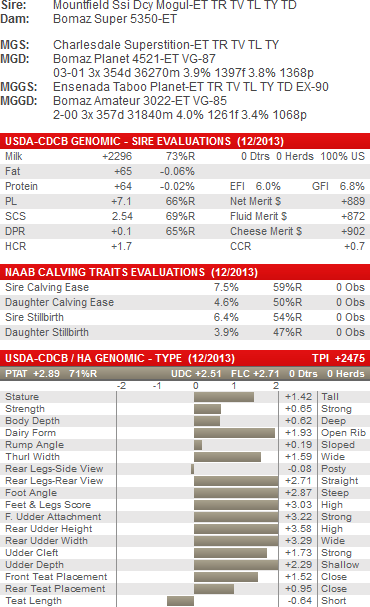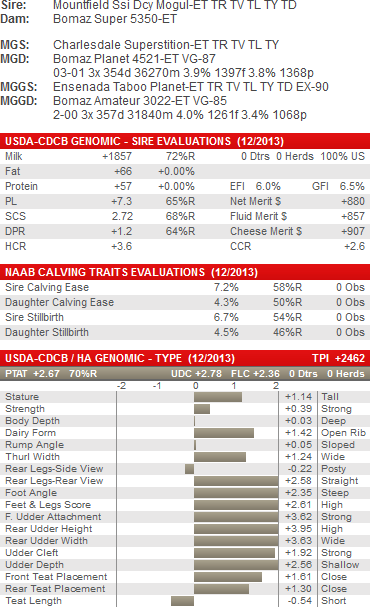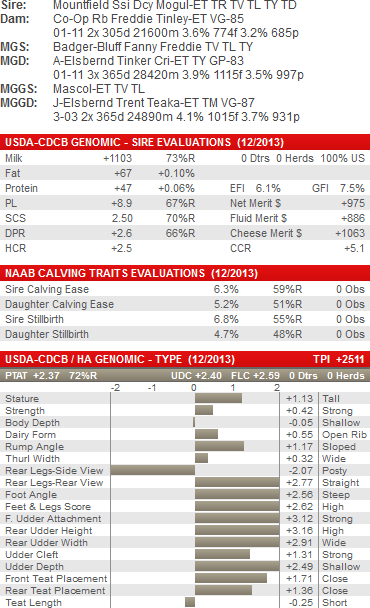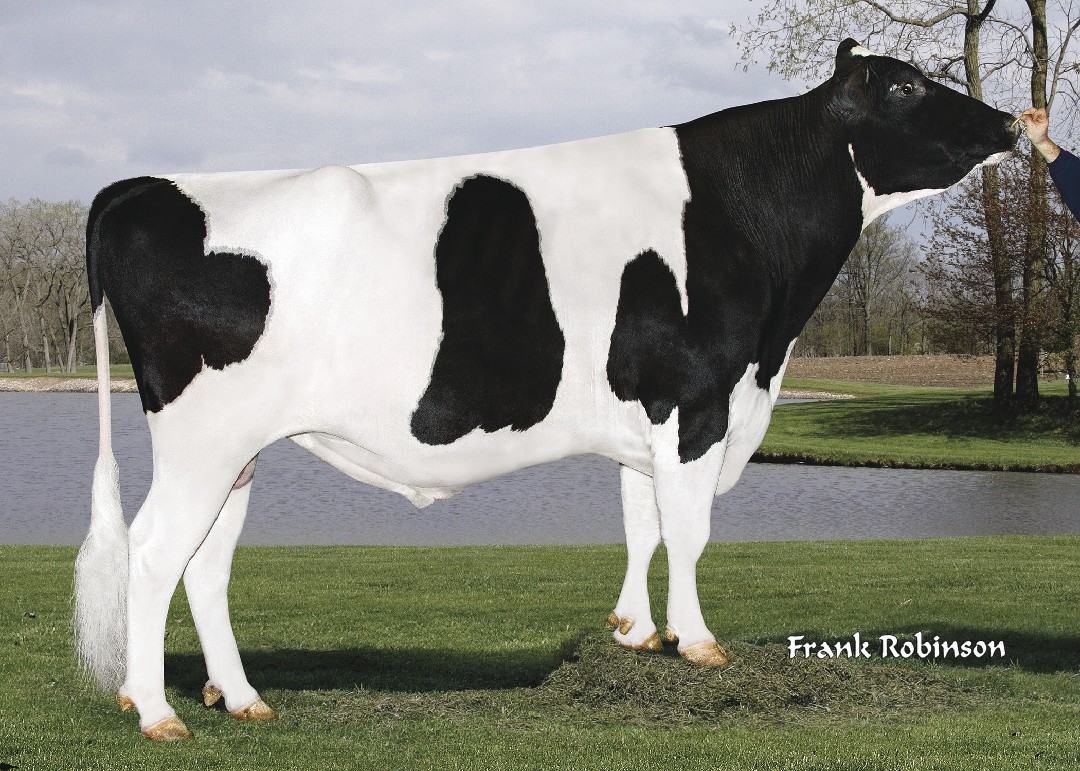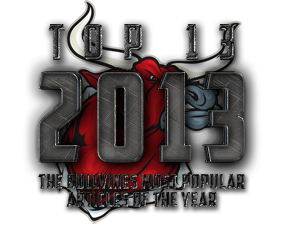Explore the profound effects of inbreeding on milk production, fertility, and health in Holstein cows. Are you strategically enhancing your herd’s genetic potential?
Inbreeding in dairy cattle may either make or destroy your dairy’s viability. Understanding how it affects milk output, fertility, and health can empower you to differentiate your farm from others experiencing challenges and greatly improve your dairy’s performance. Though many still rely on conventional pedigree techniques, losing out on essential data for herd management, advances in genotyping provide unique insights into cattle DNA, which could be costing your dairy.
Inbreeding is a double-edged sword: it may be both a tool for advancement and a quiet potential danger. This work shows the critical need to combine contemporary genomic technologies with conventional approaches by comparing inbreeding estimators depending on pedigree and genomic data in German Holstein dairy cattle. This all-around strategy guarantees that inbreeding may be used to improve general herd health, fertility, and production.
When closely related animals mate, inbreeding results in homozygosity across the genome. This is common in dairy cows due to selective breeding for qualities like milk output and fat content. While these methods aim to increase production, they may inadvertently reduce genetic diversity, increasing the likelihood of cousins mating. Understanding and preserving genetic diversity is crucial in animal genetics and husbandry.
Inbreeding has many significant drawbacks. Inbreeding depression is the main problem as it reduces general animal performance. Lower milk production, poor reproductive efficiency, and increased disease sensitivity—including mastitis and digital dermatitis—can follow this. Harmful recessive alleles become more frequent, reducing herd performance and welfare and causing inbreeding depression. This poses a problem for dairy producers striving for lucrative, sustainable output. Maintaining herd health and fertility depends on awareness of and control of inbreeding.
| Percentage of Inbreeding | Milk Yield Depression (kg) | Fat Yield Depression (kg) | Protein Yield Depression (kg) | Calving Interval Increase (days) |
|---|---|---|---|---|
| 1% | 25.94 – 40.62 | 1.18 – 1.70 | 0.90 – 1.45 | 0.19 – 0.34 |
| 5% | 129.70 – 203.10 | 5.90 – 8.50 | 4.50 – 7.25 | 0.95 – 1.70 |
| 10% | 259.40 – 406.20 | 11.80 – 17.00 | 9.00 – 14.50 | 1.90 – 3.40 |
| 20% | 518.80 – 812.40 | 23.60 – 34.00 | 18.00 – 29.00 | 3.80 – 6.80 |
| 50% | 1297.00 – 2031.00 | 59.00 – 85.00 | 45.00 – 72.50 | 9.50 – 17.00 |
Understanding Inbreeding Risks: Diverse Methods for Comprehensive Analysis
Healthy and profitable dairy cattle depend on awareness of the inbreeding risk. This research approximates inbreeding using pedigree- and genomic-based approaches with unique insights.
Depending on proper pedigree data, the pedigree-based approach Fped computes inbreeding using ancestry records. For herds with enough pedigree information, it is sufficient.
On the other hand, six genomic-based methods provide potentially higher precision:
- Fhat1: Assesses the proportion of the genome identical by descent, focusing on overall genetic similarity.
- Fhat2: Considers linkage disequilibrium effects, offering a more detailed genetic relationship map.
- Fhat3: Utilizes another layer of genetic data, estimating more subtle inbreeding effects.
- FVR1: Uses observed allele frequencies to estimate inbreeding based on the genetic makeup.
- FVR0.5: Sets allele frequencies to 0.5, valid for theoretical comparisons.
- Froh: Examines runs of homozygosity to identify recent inbreeding, reflecting parental similarity.
Each method enhances our understanding and management of dairy cattle’s genetic diversity. Using both pedigree and genomic estimators offers a nuanced approach, helping to mitigate inbreeding’s adverse effects on production, fertility, and health traits in dairy herds.
Examining the Genetic Fabric: Data-Driven Insights from a Legacy of German Holstein Dairy Cattle
The research utilized data from 24,489 German Holstein dairy cows, including phenotypic and genotypic information. The pedigree covers 232,780 births between 1970 and 2018, providing a strong foundation for the study.
Using linear animal models, they evaluated how inbreeding affects characteristics like calving interval and 305-day milk output. Their results were more straightforward to comprehend and implement, as they converted them into a probability scale using ‘threshold models, ‘a statistical method that sets a threshold for a particular health variable, allowing for a more nuanced understanding of health outcomes.
Quantifying the Toll: Inbreeding’s Varying Impact on Milk, Fat, and Protein Yield
| Estimator | Effect on Milk Yield (kg) | Effect on Fat Yield (kg) | Effect on Protein Yield (kg) |
|---|---|---|---|
| Fhat1 | -25.94 | -1.18 | -0.90 |
| Fhat2 | -30.50 | -1.30 | -0.98 |
| Fhat3 | -40.62 | -1.70 | -1.45 |
| FVR1 | -28.35 | -1.25 | -0.95 |
| FVR0.5 | -33.20 | -1.40 | -1.10 |
| Froh | -32.00 | -1.60 | -1.20 |
| Fped | -30.75 | -1.35 | -1.00 |
The results revealed that inbreeding greatly influences important dairy cow production factors like milk yield, fat, and protein output. From 25.94 kg to 40.62 kg, a 1% increase in inbreeding dropped the 305-day milk output. For instance, the Fhat1 approach revealed a 25.94 kg loss, whereas the Fhat3 approach suggested a more notable decline of 40.62 kg.
Regarding fat generation, the drop per 1% inbreeding increase varied from 1.18 kg (Fhat2) to 1.70 kg (Fhat3). Protein synthesis fell similarly between 0.90 kg (Fhat2) and 1.45 kg (Froh and Fhat3). These differences draw attention to the need to use pedigree and genomic techniques to completely grasp the influence of inbreeding on production features.
Navigating Fertility Challenges: The Crucial Role of Managing Inbreeding Levels
| Inbreeding Estimator | Impact on Calving Interval (Days) |
|---|---|
| Fped | 0.19 |
| Fhat1 | 0.25 |
| Fhat2 | 0.22 |
| Fhat3 | 0.34 |
| FVR1 | 0.20 |
| FVR0.5 | 0.21 |
| Froh | 0.31 |
Dairy producers striving for maximum output are concerned about how inbreeding affects reproductive features, especially the calving interval. Our extensive investigation, which utilized pedigree- and genomic-based estimators, showed the consistent effects of inbreeding depression on fertility. More precisely, a 1% increase in inbreeding stretched the calving interval from a 0.19-day rise (Fped) to a 0.34-day increase (Fhat3). This result emphasizes the need to control inbreeding levels to closely preserve effective reproductive performance. Knowing various estimators’ differing degrees of influence allows a sophisticated genetic management strategy to combine conventional and genomic knowledge to safeguard herd fertility.
Strategic Integration of Inbreeding Management: A Key to Sustainable Dairy Farming
Dairy producers depend on the results of this research. Inbreeding seriously affects health features, fertility, and productivity. Controlling inbreeding is crucial for maintaining herd production and animal welfare.
The research underlines the requirement of pedigree-based and genomic-based inbreeding estimators in breeding operations. While genomic-based approaches give a precise, current picture utilizing improved genotyping technology, pedigree-based approaches—like Fped—offer a historical perspective of an animal’s genetic origin. Combining these methods lets farmers track and reduce inbreeding depression.
Genomic techniques enhance breeding pair selection by exposing hidden genetic features that pedigrees would overlook. This dual approach preserves genetic variety and resilience in the herd while preventing aggravation of inbreeding problems.
Especially noteworthy is the subtle influence of inbreeding on variables like milk output, fat, protein, and calving interval. Digital dermatitis and mastitis are health issues that react differently to more inbreeding. This complex picture enables farmers to customize breeding plans to fit their herd’s demands, improving animal welfare and output.
Using both pedigree-based and genomic-based inbreeding estimators is all things considered, a pragmatic need. This method helps the long-term viability of dairy enterprises, improves animal health, and increases output.
The Bottom Line
Crucially, one must know how inbreeding affects Holstein dairy cows. Using both pedigree and genomic-based estimators, our studies show how increased inbreeding results in longer calving intervals and lower milk, fat, and protein synthesis. This emphasizes the need to run herds using many inbreeding estimators.
Depending only on conventional pedigree techniques might miss important genetic information genomic estimators offer. Using superior breeding choices and integrating new data helps farmers increase productivity, health, and fertility. Effective farm management, environmental sustainability, and financial economy also help comprehensive inbreeding estimators.
Managing inbreeding via a data-driven method enhances environmentally friendly dairy output. Using new genetic techniques will assist in guaranteeing herd health and production as the sector develops. Technological developments and research will improve inbreeding control methods even more, boosting the dairy industry.
Key Takeaways:
- Inbreeding can significantly affect dairy cattle health, fertility, and milk production, necessitating careful management.
- Utilizing both pedigree-based and genomic-based methods provides a more thorough understanding of inbreeding’s impact.
- The study revealed the average inbreeding coefficients from various estimators, ranging from -0.003 to 0.243.
- A 1% increase in inbreeding can lead to a decrease in milk yield by up to 40.62 kg, demonstrating the adverse effects on production.
- Health traits showed minor variations with increased inbreeding, but digital dermatitis exhibited a contrasting increase compared to mastitis.
- Managing inbreeding levels is pivotal for maintaining cattle fertility and overall herd sustainability.
- Genomic estimators often presented negative values, indicating different sensitivities and implications compared to pedigree-based methods.
Summary:
Inbreeding in dairy cattle can significantly affect milk output, fertility, and health, making it crucial for farms to differentiate themselves. Traditional pedigree techniques are still used, but advances in genotyping offer unique insights into cattle DNA. This study highlights the need to combine contemporary genomic technologies with conventional approaches by comparing inbreeding estimators using pedigree and genomic data in German Holstein dairy cattle. Inbreeding results in homozygosity across the genome, which is common in dairy cows due to selective breeding for qualities like milk output and fat content. However, these methods may inadvertently reduce genetic diversity, increasing the likelihood of cousins mating. Inbreeding depression is the main problem, reducing general animal performance, leading to lower milk production, poor reproductive efficiency, and increased disease sensitivity. Understanding and controlling inbreeding is crucial for maintaining herd health and fertility. Combining pedigree-based and genomic-based inbreeding estimators is a pragmatic need for sustainable dairy farming, improving animal health, and increasing output.








